The Golden State Killer Left Police Stumped Until A Used Tissue Finally Brought Him Down
In the mid-’70s and early ‘80s, Northern and Southern California residents lived in fear of a male burglar who broke into people’s homes to steal their property, take advantage of women, and eventually take their lives.
In 2013, he was dubbed the Golden State Killer by crime writer Michelle McNamara. But, his crimes went unpunished for over four decades until 2018 when the police identified him as Joseph James DeAngelo. Keep reading to learn of his crimes and how the police caught him.
To Serve and Protect
DeAngelo was not always a criminal who assaulted and took the lives of men and women. He was a police officer who took an oath to serve and protect the people of California in 1973. He worked as a burglary unit police officer in Central California.
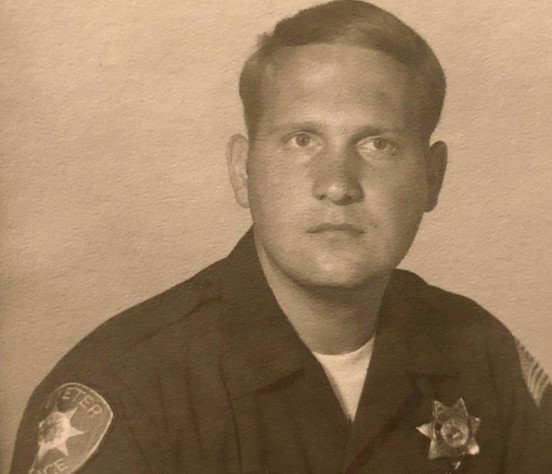
Source: Santa Barbara County Sheriff’s Office/Wikipedia
The Golden State Killer worked with the police – until 1979 – when he got dismissed for a different crime. He was caught stealing a hammer and dog repellent from a shop.
DeAngelo’s Crimes Were Ongoing When He Was in the Force
While serving as a police officer, DeAngelo was already breaking into homes and attacking women. However, the police could not identify him at the time. Interestingly, he had different nicknames from the press.

Source: Auburn Police Department CA/Facebook
The press referred to him as “The Visalia Ransacker,” “The Night Stalker,” “The East Side Rapist,” and “The Original Night Stalker.” The different nicknames came from the police’s belief that they were dealing with separate criminals. However, as they later discovered, it was DeAngelo all along.
The Visalia Ransacker
DeAngelo’s crimes started in the San Joaquin Valley, where he broke into over 120 homes. He would go through underwear, vandalize properties, and take cheap trinkets instead of cash. This happened throughout 1975.
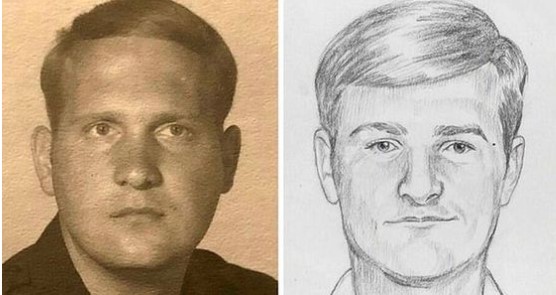
Source: John Lewallen/Pinterest
In 1976, he changed locations, moving 340 kilometers north. His relocation ended the robberies in the south, but the police in Sacramento started dealing with high incidents of home invasions and rape crimes. The attacks were similar to those in San Joaquin Valley.
A Game of Cat and Mouse
However, since the events were in different cities, the police could not connect the dots. Also, DeAngelo toyed with the police by calling ahead of each of his crimes. He would place the calls days, weeks, or months ahead.

Source: Asiana Circus|Geeky Lifestyle/Pinterest
In a call to the police in 1977, the former officer said, “I’m the East Side Rapist, and I have my next victim already stalked, and you guys can’t catch me.”
Women Were the Primary Targets
DeAngelo targeted women who lived alone but soon progressed to married couples. When the Golden State Killer entered a couple’s home, he tied the men with plates to their backs. By doing this, DeAngelo would be alerted if they broke free or made any move.
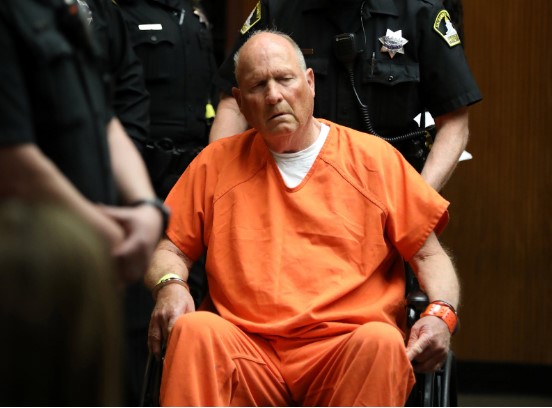
Source: Pinterest
He spent hours tormenting the women and going through their houses for food. Afterward, he would slip out of the house without the victims knowing.
DeAngelo’s Crime Progressed in ‘78
The Visalia Ransacker left his victims tied up, so they had no idea if he was still in their home or had left. In the Spring of 1978, he attacked a couple, Bob and Gay Hardwick, at their home in the Nothern California city of Stockton.
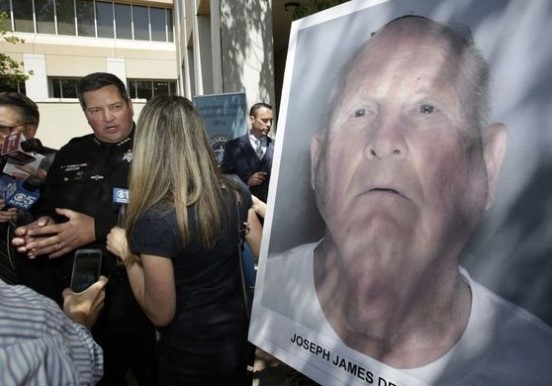
Source: Washingtonpost/Pinterest
While testifying during DeAngelo’s trial in 2020, the couple said a bright light on their faces woke them early in the morning. Within seconds, they realized they had an armed intruder in their home.
The Hardwick’s Horrifying Story
The East Side Rapist tied Bob to the bed with plates stacked to his back and took Gay downstairs. He then assaulted her several times within hours.

Source: Robert Linder/Unsplash
Recalling the event in a Sacramento courtroom, Gay said, “He ate from my refrigerator and drank two beers while I lay bound and blindfolded.” She added, “He ransacked our home, and in between, he tormented me with threats of death.”
From Sexual Assaults to Killings
When DeAngelo attacked the Hardwicks, he was getting ready to transition from a serial rapist to a serial killer. In a 2020 interview, Gay said she and Bob were “very lucky” to have lived when he broke into their house. In 1979, much like the Visalia burglaries, the crimes in Sacramento ended abruptly.

Source: Sacbee/Pinterest
This was because DeAngelo returned to Southern California. At the beginning of the 1980s, his murder victims were increasing, which earned him the nickname the Night Stalker.
The Original Night Stalker
But, the police soon discovered another serial rapist and killer in the Santa Barbara area: Richard Ramirez. However, investigators deduced that the DeAngelo had been operating four years before Ramirez.
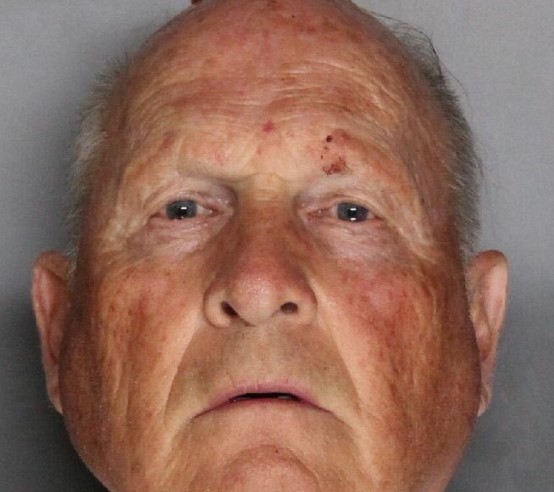
Source: Sacramento Sheriff/Twitter
When this information became public knowledge, the press dubbed DeAngelo the Original Night Stalker. Between 1979 and 1981, he killed nine people in their homes, and the police connected him to four murders in the early ‘70s. Afterward, he took a five-year break.
The Return of the Original Night Stalker
During the break, the police wondered if they had seen the last of the Original Night Stalker. Investigators theorized he could have been arrested for another crime or died. Unfortunately, none of this was the case.
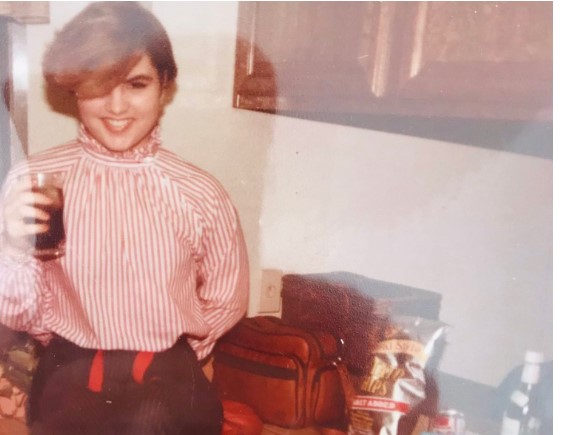
Source: JanelleSister/Twitter
In 1986, DeAngelo struck again, killing an 18-year-old teenager, Janelle Cruz, in her home in Orange County. The teen was the rapist’s last victim, and he disappeared for 30 years for reasons the police could not fathom.
What Happened to DeAngelo?
However, Paul Holes, a cold case investigator who played a crucial role in the eventual capture, has a theory. According to him, DeAngelo might have stopped killing because he became older. The Original Night Stalker was 41 when the killings stopped.

Source: Kathy Park/Twitter
Although 41 is not old by most standards, Holes still believes age played a role in DeAngelo’s “retirement.” While we may never discover why the killings stopped, we know how the police caught the killer forty decades after his reign of terror started.
DNA Brought the Pieces Together
When the police started conducting DNA testing, they made an exciting discovery. They found that the Visalia Ransacker, the East Area Rapist, and the Original Night Stalker were the same.

Source: Warren Umoh/Unsplash
In 2018, the police took a step that inevitably led them to DeAngelo. The investigators used the genetic material found in the ‘70s and ‘80s crime scenes on GEDmatch.
Fate Played a Role
GEDmatch is a website where people looking for long-lost relatives or who want to explore their family tree submit their DNA samples. As fate would have it, about 20 of DeAngelo’s relatives used the website.
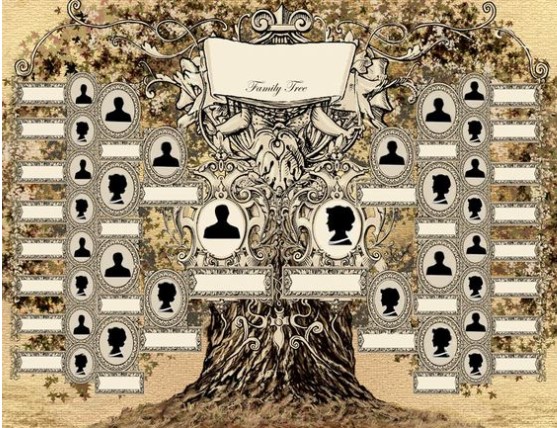
Source: Designmom/Pinterest
The police then studied the family tree until they came across a man that fit the psychological profile of the Original Night Stalker. Also, the investigators discovered that DeAngelo lived in every city where the rapes and murders happened.
The Police Needed DeAngelo’s DNA Sample
The police found that the former officer’s pictures from his youth resembled the sketches from witnesses’ descriptions. The next step was for the police to get a DNA sample from DeAngelo.

Source: Family Locket/Pinterest
Since they could not voluntarily ask him to submit to a DNA test, officers staked out his home in the Sacramento suburbs. After weeks of surveillance, the police found a tissue in the trash at DeAngelo’s home.
Finally, Off the Street
The investigators matched the genetic material in the tissue to evidence samples they had in storage. Next, they went to the house the Golden State Killer shared with his daughter and granddaughter and placed him under arrest.

Source: Jetsetter/Pinterest
DeAngelo was finally off the streets and facing 13 counts of first-degree murder and 13 counts of kidnapping. However, his arrest was controversial as those in the law enforcement community debated using genetic data to get information about Americans.
DiAngelo Avoided Getting Executed
DeAngelo confessed to his crimes, admitting to several rapes and burglaries. However, he did not face charges of rape and burglaries because the Statute of Limitations on those crimes had elapsed.
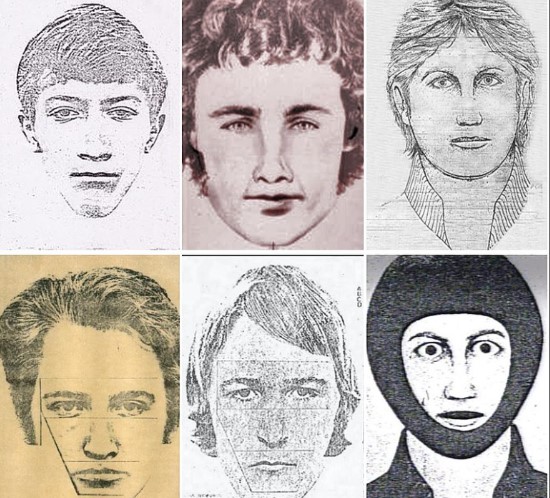
Source: California Law Enforcement Agencies/Wikipedia
Also, he confessed to avoid getting executed. During the trial, DeAngelo sat quietly, staring straight ahead, as victims testified of the horror they endured in his hands. The loved ones of the murdered victims held up their photos in court.
The Pain Lingers
Gay Hardwick told the court that she felt a gut punch when she discovered the man who raped her was a police officer. She said, “To learn that DeAngelo, who swore to serve and protect, used his skill set to terrorize and rape … that was staggering.”

Source: Alamy
On August 21, 2020, the court sentenced the Golden State Killer to 11 consecutive life sentences in a maximum-security prison without the possibility of parole.
DeAngelo Will Never Be Free Again
Although he was not allowed to speak, DeAngelo stood up before sentencing to address the court. Removing his facemask, he said, “I listened to all your statements, each of them, and I’m truly sorry for everyone I hurt.”
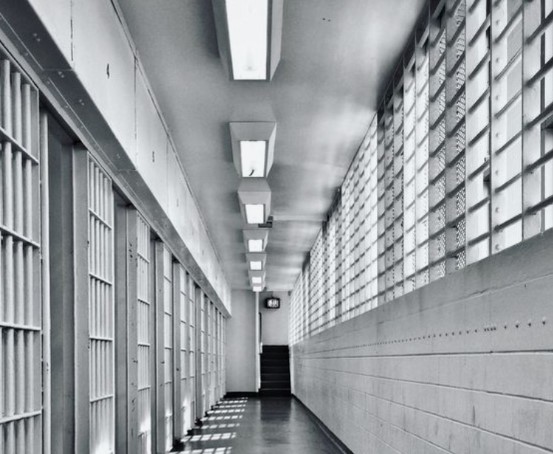
Source: Refinery29/Pinterest
But whether he is genuinely sorry or not is a question that might never be answered. The Original Night Stalker was 72 at the time of his arrest, 74 at sentencing, and will spend the rest of his life in prison.
Victim Shaming Helped DeAngelo Go Unnoticed
Victims of DeAngelo’s crimes spoke about the days when he terrorized their cities. They stated that in the ‘70s, the police did not take rape seriously, which allowed the East Area Rapist to operate undetected for a long time.
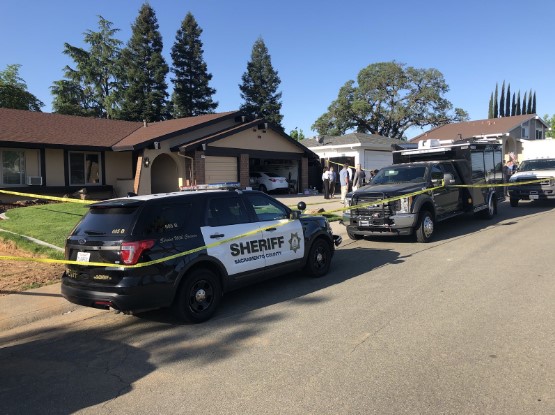
Source: Brian Hickey/Twitter
In a written statement to the court, the first known victim of DeAngelo said, “In 1976, women were treated more like suspects than victims when it came to rape.” She added that her sense of importance diminished with the treatment.
One of California’s Worst Criminals
DeAngelo is currently serving his life sentence, paying for what he did. Interestingly, he told investigators an alter ego, Jerry, made him commit the crimes.

Source: Alkxandra Braimis
However, the Golden State Killer never submitted to a psych evaluation, so again, we will never know. But one thing that remains certain is that DeAngelo was one of the worst criminals in California, and although justice was delayed, he is where he belongs now.
